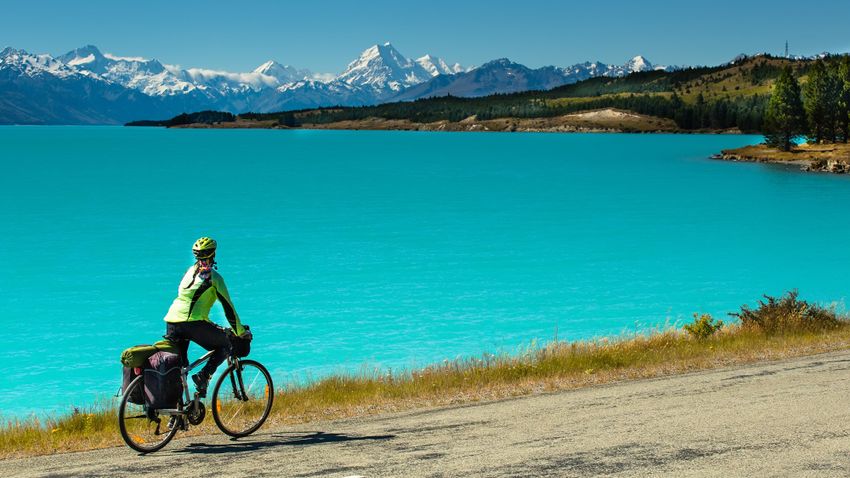70,000 coastal homes in New Zealand are threatened by sea level rise, and many inland homes are at risk of river flooding
Climate Change Secretary James Shaw announced the introduction of the National Adaptation Plan.
The minister expressed his disappointment that successive governments in the past three decades have done nothing of value to prepare the country for the challenges posed by climate change.
The six-year, 200-page adaptation plan includes options for relocating low-rise homes and other properties from flooding, if necessary, from rising seas and increasingly powerful storms.
According to the document In some highly vulnerable regions, the combined risk of natural disasters and climate change can become “unbearable”.
The adaptation plan envisions an “orderly retreat” only as a last resort, as well as raising sea walls and placing homes on stilts.
According to the plan, the costs of adapting to climate change will be shared by homeowners, insurance companies, banks, municipalities and the central government.
They also plan to make detailed data on climate change more widely available than before, which could affect property prices and insurance premiums.
According to data from the National Institute of Water and Atmospheric Research, the first half of 2022 was the second hottest half of the year in the archipelago since records began, with an average temperature of 15 degrees Celsius, 1.2 degrees above normal.
Cover photo illustration (Shutterstock)












































